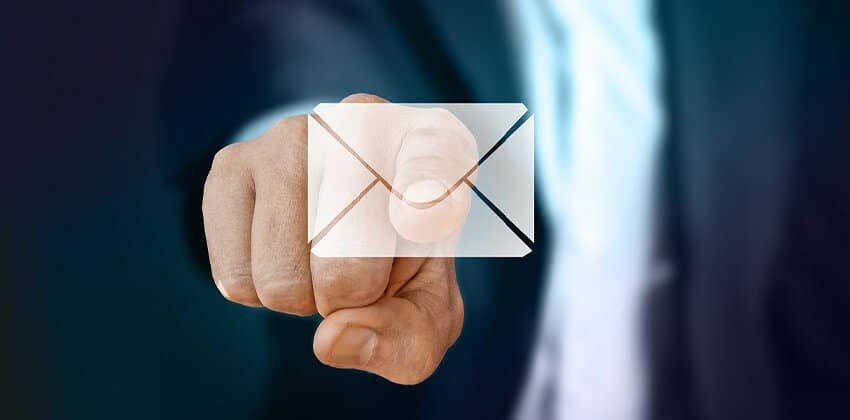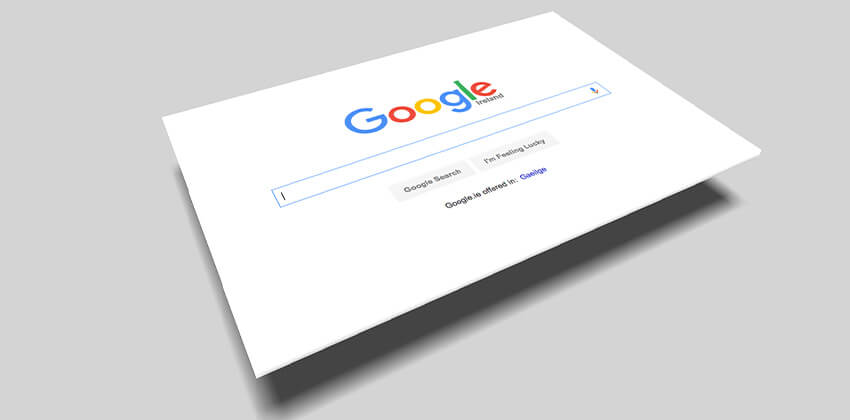
You can respond instantly to an opportunity via e-mail, but, if not done properly, your e-mailed resume can become electronic junk mail or be deleted before it’s even read.
Warning: To protect your job, don’t send your resume to a potential employer using from work e-mail address!
Your work email account is probably not private — your employer likely can read all of the mail you send and receive. In the USA, you usually do not have a “right to privacy” when you are using your employers equiment and networks, and many employers do monitor email usage.
Do not attach your resume to an e-mail message:
- It may, or may not, get through to the addressee because of the different networks to be transited.
- E-mail messages with attachments may be deleted without being opened.
- Attachments may contain viruses, particularly if they are Microsoft Word documents.
- In large companies, internal systems may stop e-mail attachments from entering the company network to protect against virus infestations.
- Some recruiters are reluctant to take the time to open an attachment.
So, what does work? Copying your resume into the body of your e-mail message works. See the step-by-step process below.
NOTE: Before you e-mail your resume to a potential employer, test it by sending it to as many friends and family as you can, particularly those using an ISP different from the one you use. Have the recipients forward the entire message back to you. Check to be sure that it comes through cleanly and readably.
Step-by-step process to e-mail your resume:
- Open up your ASCII resume file (see Creating an ASCII Resume and Polishing Your ASCII Resume if you haven’t already converted your “pretty” resume).Note: this resume may not need to be “cyber-safe” if you are responding directly to a potential employer, but use your cyber-safe version if you are responding to a recruiting company or a blind ad that doesn’t tell you who the employer is.
- Open up your e-mail software or go to the web site you are using for e-mail (e.g. HotMail.com, Yahoo.com, etc.), and click on the “new message” or “create message” button.Hint: Leave the “To:” field empty (or put in your own e-mail address) until you are ready to send the message. Keeps you from embarrassing yourself by sending the message to the employer/recruiter before you are ready. When your message is ready, put the appropriate addressee in the “To:” field of your unsent message, and hit the SEND button.
- Make the Subject interesting!You need to quickly capture the attention of someone who is probably looking at a full e-mail inbox, seeing only the date, subject line, and sender of each message. If they don’t know you (and assume that they don’t, even if you have spoken with them), they won’t automatically read your message. (If you do speak with a hiring manager or HR rep, ask them what you should put in the subject line so that they will recognize your message.)
Hint: “My Resume” is NOT going to grab the attention of a busy person. Make the subject relevant to the person who will be looking at it, e.g. “Help Desk Representative with 3 years of consumer products experience,” “Job # [use the position identifier from the posting or headline from the ad] Applicant,” etc.
- Create a “cover letter” message just as you would in print (don’t be long-winded).
- If you have created a Personal Resume Web Page that is available on the web, you can point to it (use the completeURL, including the “http://” at the beginning and most e-mail software will interpret it as a clickable link).
- Type your “signature” at the bottom of your “cover letter.”
- If you have a LinkedIn Profile, add your LinkedIn Profile URL below your name.
- Below your signature or LinkedIn Profile URL, add a couple of blank lines and the text notation========= Resume Text Below ==========
- Add 2 more blank lines, and then start your resume.
- Cut and paste the text from your ASCII resume into the body of your e-mail message next:
- Use spaces not tabs for indenting.
- Use capitalization and lines of equal signs (see above) or dashes to add some “underlining” for emphasis.
- Don’t try to center or justify the text.
This should keep the margins and indenting of your resume neat.
- Don’t accidentally add contact information (your name, address, phone numbers, and “real” e-mail address).
Test Before You Send to an Employer
Test your resume by sending your resume to yourself, first, after you have gone through the steps above. Then, send it to friends who hopefully use a different Internet Service Provider and e-mail software to thoroughly test your resume.
[See protecting your privacy for information on evaluating Web site privacy policies, and other issues related to your personal privacy.]
 About the author…
About the author…
Online job search expert Susan P. Joyce has been observing the online job search world and teaching online job search skills since 1995. A veteran of the United States Marine Corps and a recent Visiting Scholar at the MIT Sloan School of Management, Susan is a two-time layoff “graduate” who has worked in human resources at Harvard University and in a compensation consulting firm. Since 1998, Susan has been editor and publisher of Job-Hunt.org. Follow Susan on Twitter at @jobhuntorg and on Facebook, LinkedIn.
More about this author…
Don't forget to share this article with friends!




